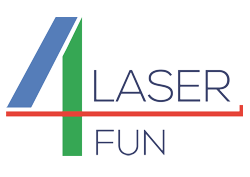Results of the work in the Laser4Fun project has been published as:
Jean-Michel Romano, Antonio Garcia-Giron, Pavel Penchev, Mert Gulcur, Ben R. Whiteside, Stefan Dimov. Lotus-leaf inspired surfaces: hydrophobicity evolution of replicas due to mechanical cleaning and tool wear. 3rd World Congress on Micro and Nano Manufacturing (September 2019), 289-292.
Abstract
Inspired from the dewetting properties of Lotus leaves, the fabrication of dual micro/nano-scale topographies is of interest for many applications. In this research, superhydrophobic surfaces are fabricated by a process chain combining ultrashort pulsed laser texturing of steel inserts and injection moulding to produce polypropylene parts. This manufacturing route is very promising and could be economically viable for mass production of polymeric parts with superhydrophobic properties. However, surface damages, such as wear and abrasion phenomena, can be detrimental to the attractive wetting properties of replicated textured surfaces. Therefore, the final product lifetime is investigated by mechanical cleaning of the textured polypropylene surface with multipurpose cloths following the ASTM D3450 standard. Secondly, the surface damage of replication masters after 350 injection moulding cycles with glass-fiber reinforced polypropylene, to intensify tool wear, was investigated. The degradation of surface textures on replicas had a clear impact on surface topography and thus on their wetting properties.
